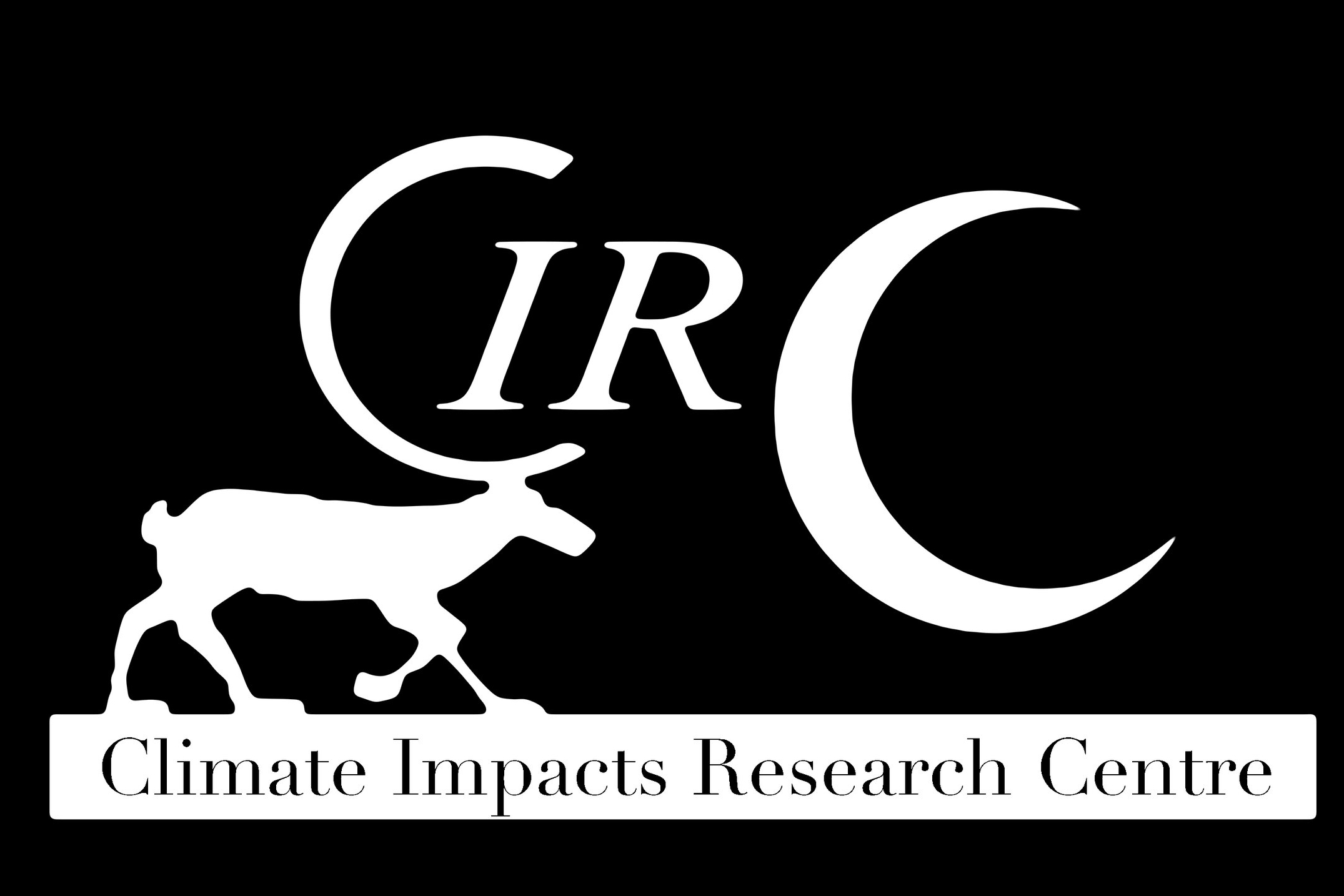Our citizen science project focuses on the much-beloved signs of seasonal change – the emergence of leaves in the spring, the start of flowering, when berries are ripe for picking, and autumn leaf colours. Our project is inspired by the works of a few key botanists who helped put Abisko on the map 100 years ago, who established a transect from the summit of Mt Nuolja, which we use today.
Climate change induced regime shifts in Northern lake ecosystems
This project brings together new tools and concepts in biogeochemistry and ecology, with the aims of understanding and predicting the effects of climate change on the delivery of two major ecosystem services, fish production and the net greenhouse gas balance of Northern lakes.
Monitoring and management of Arctic lakes in a changing climate
The purpose of this study is to improve knowledge and monitoring of climate impacts on Arctic lakes. Specific aims include to quantify and provide threshold variables for climate change-induced regime shifts in fish resource use and production, and to develop tools and guidelines to be used in monitoring programs.
Climate impact on sources and sinks of greenhouse gases in high-latitude lakes
The core of the project is made up of (i) comparative studies of lakes across gradients in temperature and precipitation and (ii) large-scale experimental test of responses in C emission and burial to increases in temperature and precipitation/runoff.
Climate impact on the carbon emission and export from Siberian inland waters
This interdisciplinary project link expertise in aquatic biogeochemistry, hydrology and permafrost dynamics with the aim to improve the knowledge of the role of high latitude inland waters in emitting C to atmosphere and in exporting C to downstream coastal regions and how this varies between different climate regimes.
A cross-system analysis of ecological change in Kangerlussuaq (SW Greenland) and Torneträsk (Northern Sweden)
In this project, we will synthesize the available data from Torneträsk in Northern Sweden and Kangerlussuaq in south-west Greenland using novel statistical approaches to understand the key drivers of ecological changes at a range of timescales.
Taking the pulse of Swedish rivers: using metabolism to monitor ecosystem responses to environmental change
Taking the pulse of Swedish rivers: using metabolism to monitor ecosystem responses to environmental change
Project Summary
Streams and rivers carry out multiple ecosystem services that respond to and integrate natural and anthropogenic perturbations across landscapes. In northern regions, a critical aspect of this ‘integration’ involves the regulation of carbon (C) transfer from land to the atmosphere and sea. In this context, the degree to which streams and rivers transform terrestrial organic carbon (OC) and act as sources of CO2 to the atmosphere is subject to much current debate. National monitoring programs have the potential to shed light on this issue, yet these efforts rarely assess aquatic ecosystem processes. As a solution, we propose adding high frequency measurements of dissolved oxygen (DO) to current monitoring programs, which allow for the calculation of fundamental metabolic rates at daily time scales. Such measures reveal the ‘pulse’ of biological activity in running waters with the temporal resolution needed to capture changes in the degradation of terrestrial OC and CO2 production and fixation in response to diverse environmental changes. The goals of this research are to 1) determine how the rates and patterns of metabolism in Swedish rivers are shaped by regional climatic gradients and anthropogenic stressors, 2) Quantify the extent to which streams and rivers in arctic, boreal, and hemi-boreal zones degrade terrestrial OC, and contribute to CO2 evasion, and 3) Advance a simple and cost efficient method to assess metabolism that will complement current monitoring programs in Sweden by adding functional metrics
Collaborators
Jan Karlsson, Umeå University
Erin Hotchkiss, Virginia Polytechnic Institute
Hjalmar Laudon, Swedish University of Agricultural Sciences, Umeå
Funding
Formas
Groundwater discharge: a hidden driver of greenhouse gases (CO2 and CH4) emissions from lakes
This project will provide the first quantification of both spatial and temporal variations in permafrost groundwater discharge (PGD) and its importance for both the C cycle and the quality of surface waters.
Snow bunting migration and spring stop-over ecology in Abisko
Snow bunting migration and spring stop-over ecology in Abisko
Project Summary
Snow bunting (Plectrophenax nivalis or snösparv) have a circumpolar distribution, breeding mostly at Arctic latitudes or further south on alpine areas. Each year they migrate to lower latitudes to spend the winter, usually south of the snow line, though in human settlements they may stay further north where food is available. During winter, the Swedish breeding population is supplemented by snow bunting migrating from north Norway, Finland, Russia, Svalbard, and Greenland. The population of snow bunting breeding in Sweden has declined by 10-40% over the last 30 years, but is considered to have stabilised the last several years so is not currently considered threatened (Rödlistade arter i Sverige 2015, ArtDatabanken SLU). As the species breed at polar latitudes and alpine areas, and that they winter relatively far north, they are in areas experiencing some of the most rapid rates of climate change worldwide, with periods of snowcover reducing and timing of snowmelt becoming earlier, while temperature is rising (i..e approximately 1.5° C in the last 30 years in the Arctic). In this project we plan to both combine the collection of field data on migrating birds at a stopover site and breeding birds in northern Sweden (Abisko) with analysis of ring recovery data across Europe.
Collaborators
Tom Evans, CAnMOve, Lund University
Funders
Gustaf och Hanna Winblads
Project Photos
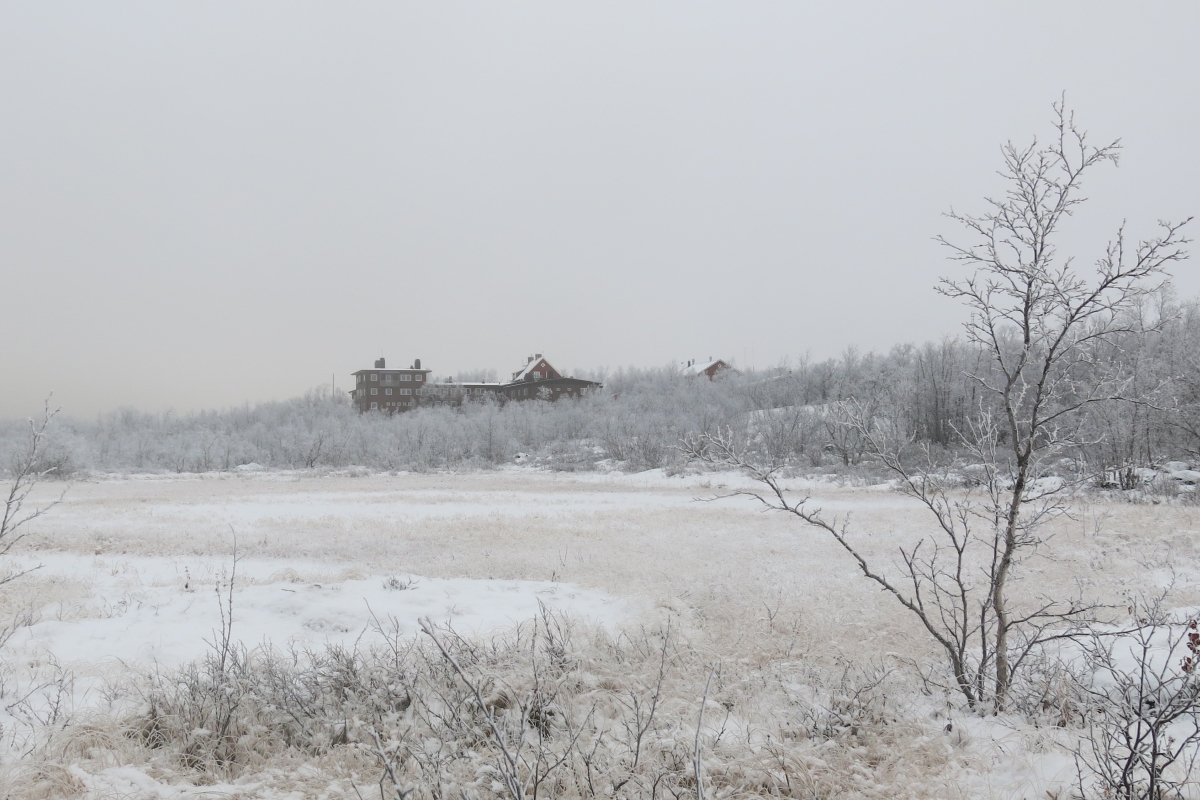

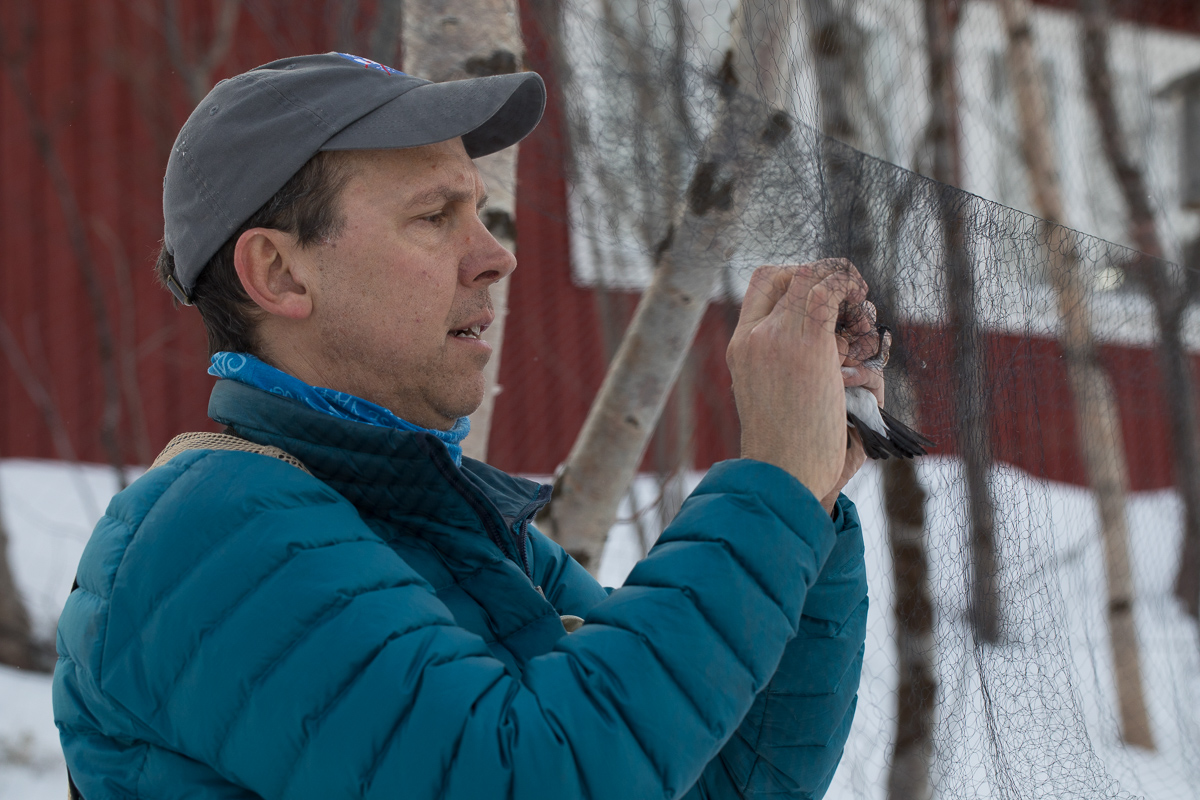
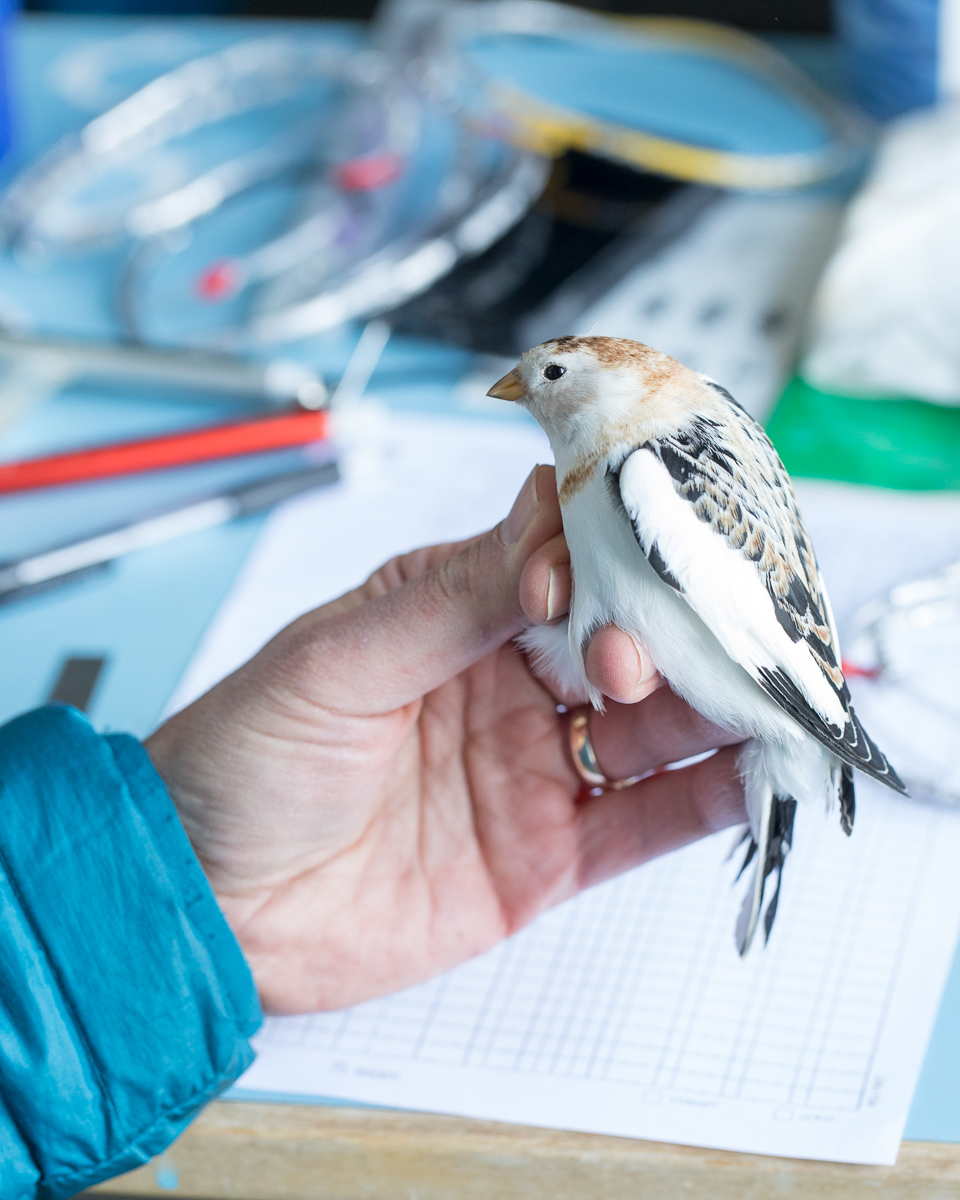

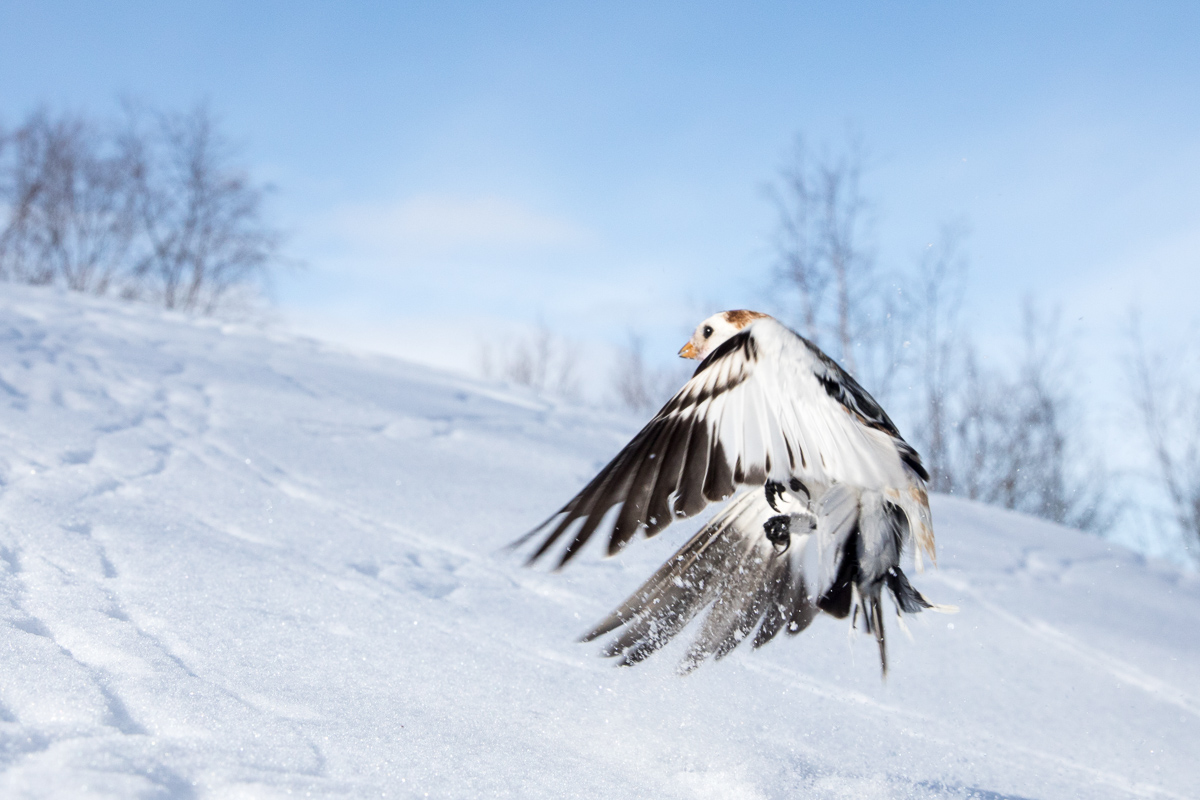
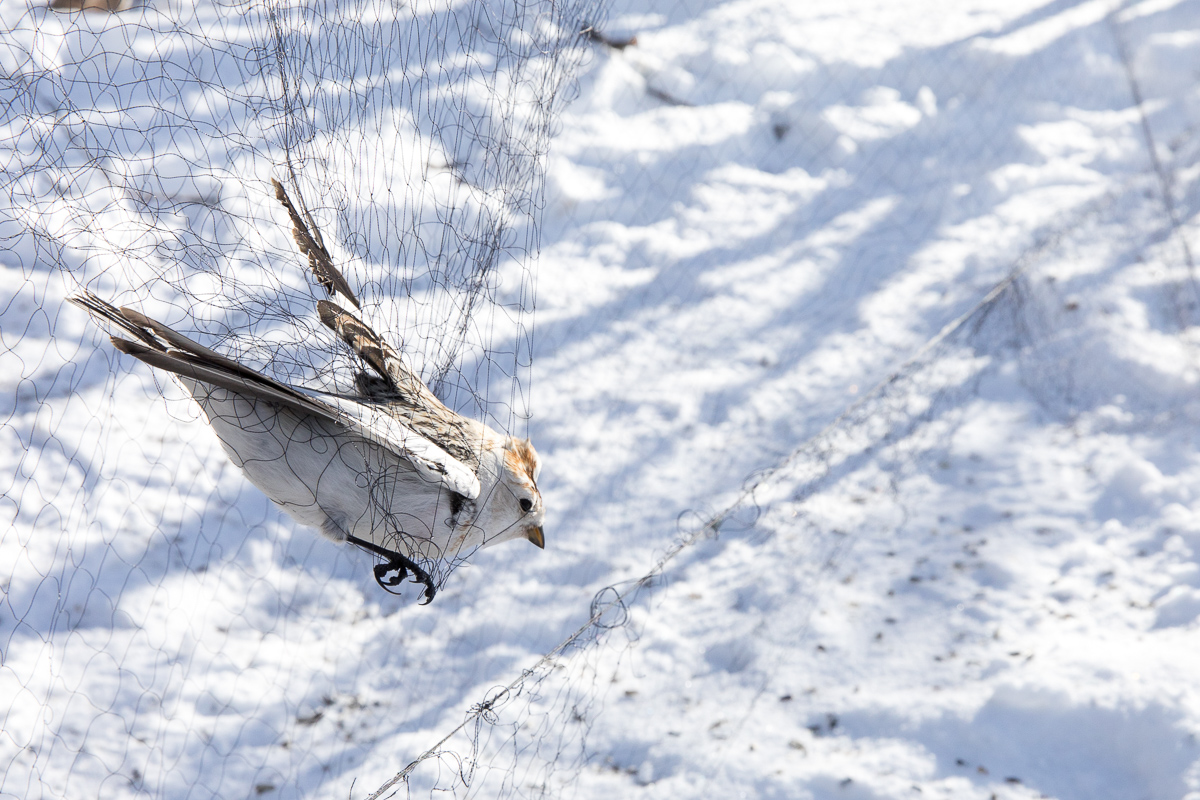
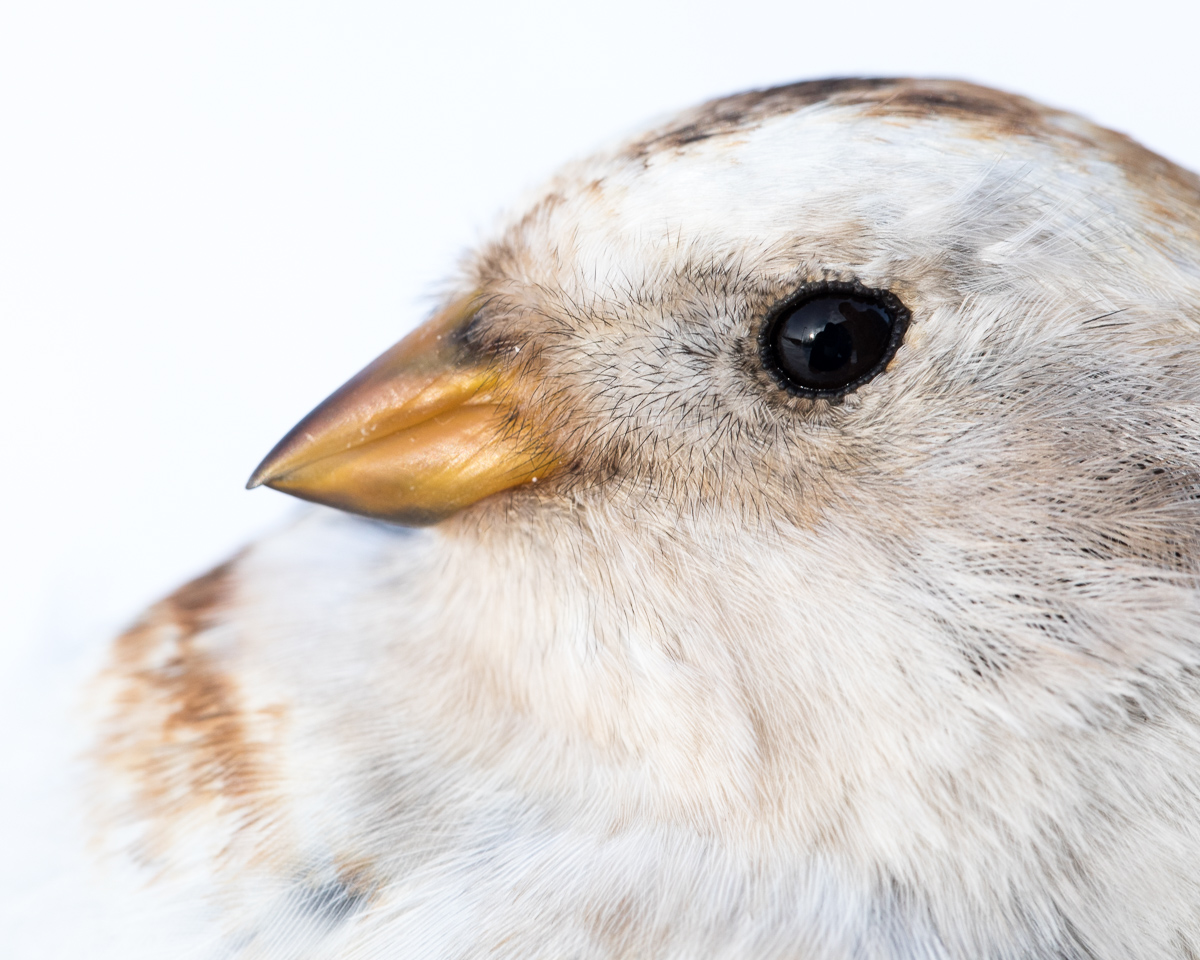
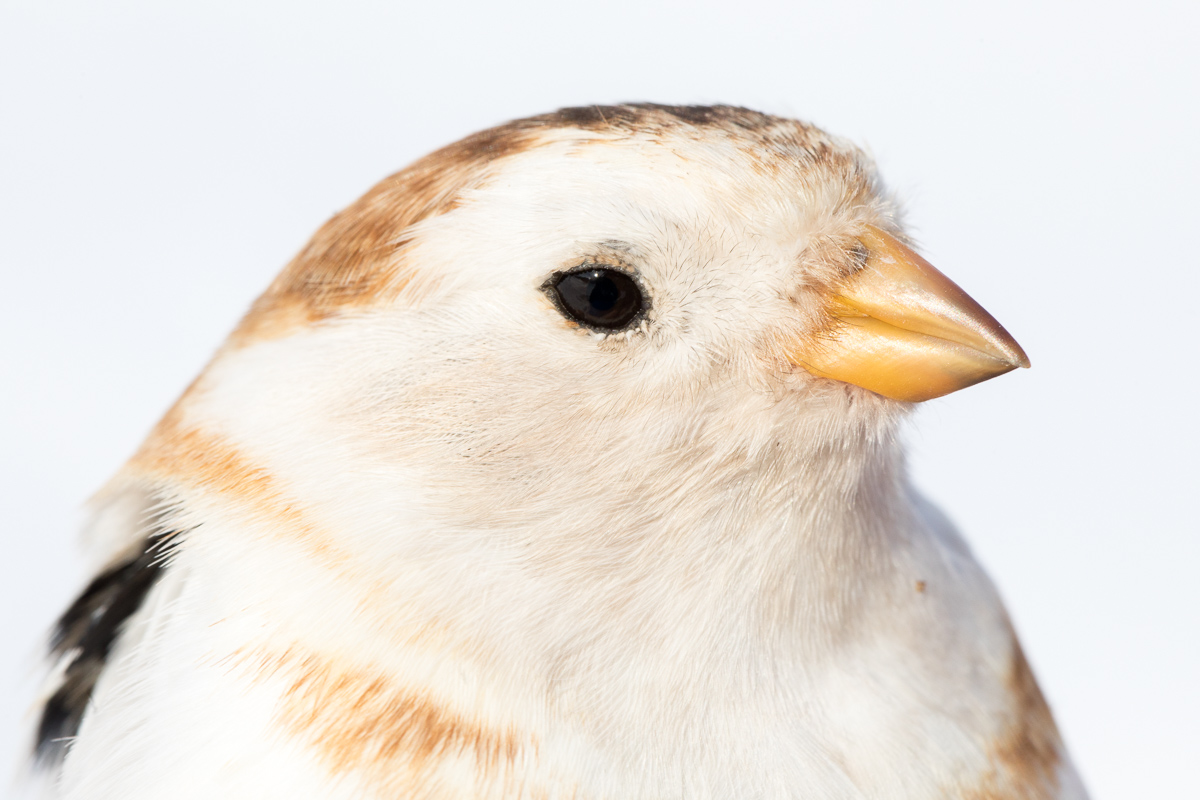
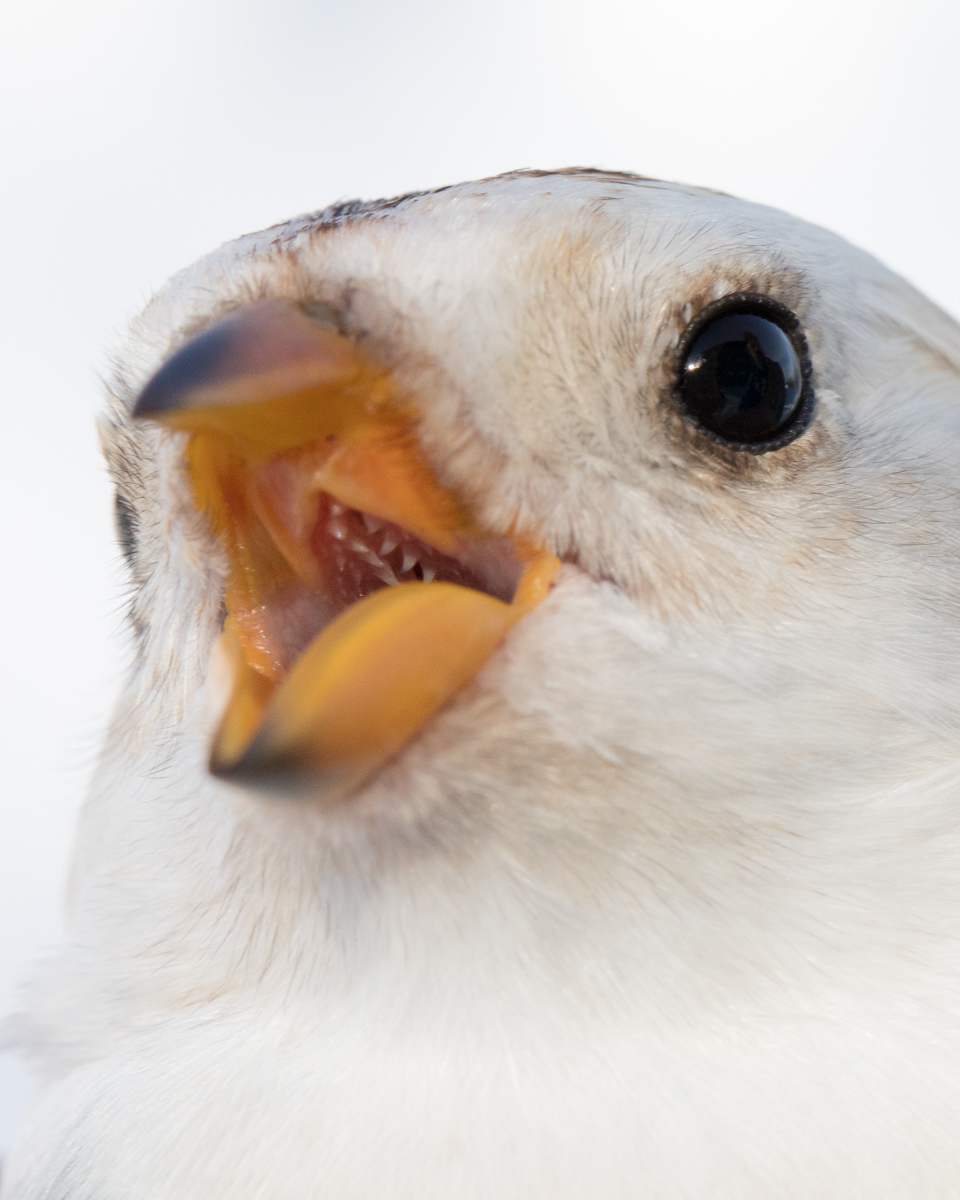
All photos of snow buntings taken and copyright of Oliver Wright.
Arenas for building relations for co-operation through citizen science
The purpose of this project is to develop capacity building for citizen science (CS) and strengthen cooperation in research and education at Swedish universities. The end products will be a resource for citizen science projects communicated on web portal and will continuously enable learning and knowledge exchange between the universities and the general public.
SITES Water
SITES WATER
SITES is a nationally co-ordinated infrastructure for terrestrial and limnological field research.
SITES extends throughout Sweden with different ecosystems and climatic zones, from agriculture lands, forest, cultivated forest to mires, streams, lakes and alpines.
SITES offers all scientists to use participating field research stations. Either you can be on site yourself or outsource an assignment to the technical staff at the station. You also have the opportunity to use existing data collected at the stations. There are, in a number of areas of research, extensive and long series of data. Read more about what SITES provides here.
Within SITES three new infrastructures has been initiated and is now under development: SITES Water, SITES AquaNet och SITES Spectral.
Project Description
SITES Water aims to build a long-term and well-coordinated measurement program
that will form the basis for the infrastructure where hydrological, physical, chemical and biological parameters in lakes and streams will be measured.
SITES Water builds a unique long-term measurement program where hydrological, physical, chemical, and biological parameters within lakes and streams are measured. Based on this ‘backbone’ infrastructure SITES Water will thus provide data and facilities to address a broad range of scientific questions relevant for the scientific community.
Seven of SITES nine stations participate. SITES Water is either initiated as a new facility at some stations or built upon already existing stream/lake networks at some other stations. SITES Water share and competence develop the team/crews across stations working with these structures and data to deliver a state-of-the-art measurement program.
SITES Water data
There are several types of data collected within SITES Water divided into six layers.
Each layer are described below and there specify well what type of data that are collected and distributed. All layers are divided into base and advance level where base level apply to all stations, and advance apply to some and are usually a result of already ongoing programs and built on previous knowledge at the station.
Site in abisko
Abisko scientific station is unique and versatile modern research station located app. 200 km north of the polar circle. The station has international standard and are used by a number of different research projects addressing high tech experiments in soil and water terrain. Abisko also provides measurement programs and observations for a number of different parameters. The surrounding environment is diverging both from a topographic perspective but also regarding climate gradients.
Researches in Abisko utilize the measurement programs and observational data series along with specific experiment and modelling to address questions mainly related to environment and climate change. Addressed time perspectives of these studies range from hundreds of millions of years back in time to different future scenarios.
Each year between 500 and 600 researchers from the whole world visit Abisko. The station provides lodging, guest kitchen, laboratories, offices, library, workshops, and lecture halls, meeting rooms, green house, “attempt gardens”, storage rooms and a meteorological station.
For access of observations and data from measurement programs in Abisko please contact the station manager, explore Abisko base program of parameters and sampling plots or visit Abisko-GIS (external homepage).
Abisko is part of SITES infrastructures SITES Water and SITES Spectral.
The homepage of Abisko can be found here.
Abisko researcher
Arctic citizen science: snow and plant phenology in a changing climate
Arctic citizen science: snow and plant phenology in a changing climate
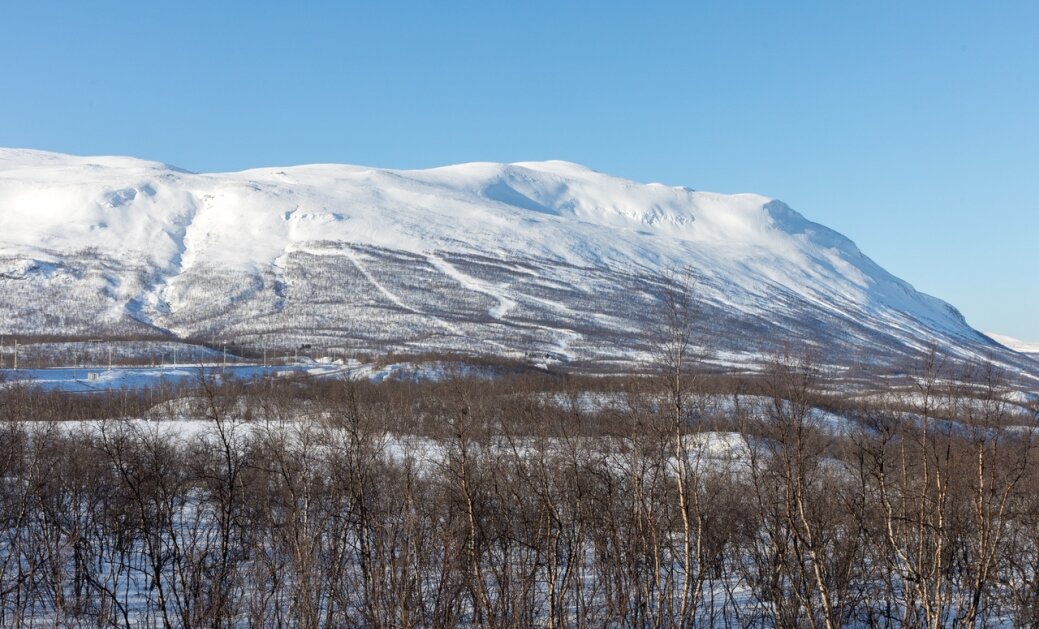
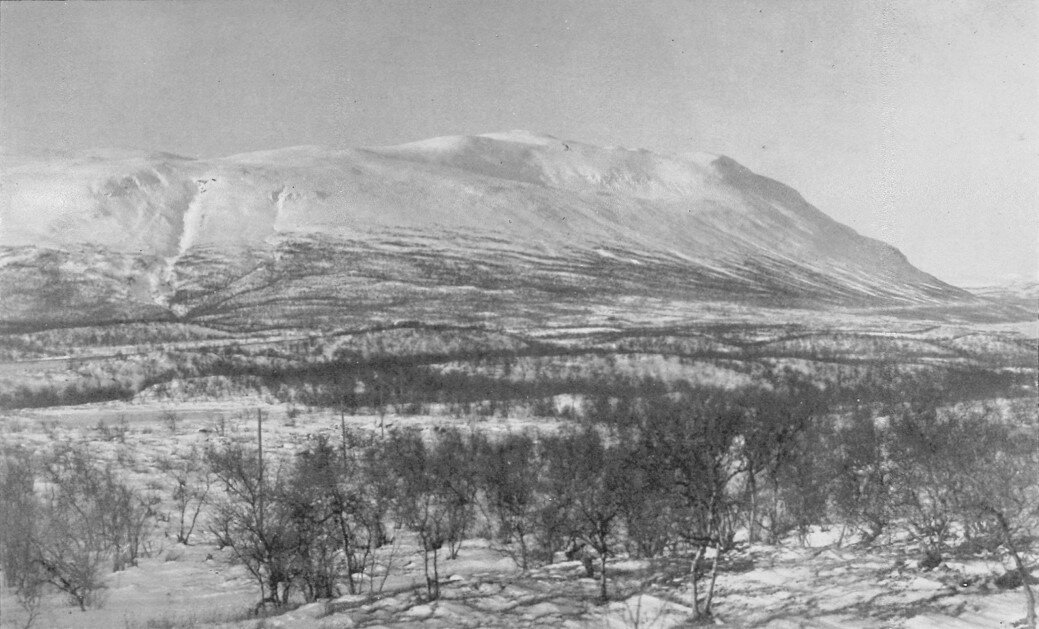
Project Summary
As scientists a major challenge of our time is to understand and predict effects of climate change on ecosystems and the services they provide to humanity. A larger and possibly more important challenge is to increase the awareness of the importance of these processes and to get the vital to support of citizens, policy and decision makers for adaptation, mitigation and management schemes. Arctic regions are of special concern in future climate-warming scenarios, because the air temperature increase is predicted to be amplified towards the north where sensitive ecosystems experiences significant change and exert strong feedback effects on the global climate system.
The aim of the project is to reach out to the visitors of Abisko, involve them in a climate research project and use this interaction to communicate how we do climate research. Specifically, we will develop an existing study site into a citizen science trail, adjacent to the Abisko Scientific Research Station and the naturum Abisko in collaboration with the Swedish National Phenology Network and their nation-wide monitoring tool Naturens kalender. As the trail follows an elevational, and thereby a strong climatic gradient, it will offer a concrete illustration of climate effects on plants, snow and the possible effects climate change.
The existing study site was originally established between 1917 and 1919 by Swedish botanist Thore C. E. Fries as an elevational-transect comparing snowmelt dates with plant phenology. Starting in 2017 Climate Impacts Research Centre scientists will replicate Fries’ study to determine how the observed climate changes in the region have affected both snow cover and plant phenology. The new study will incorporate cutting-edge climate stations and phenology cameras to allow us to analyse our results using modern multivariate approaches.
To increase the impact of the new study we will implement a citizen science phenology project along the same trail. The citizen science phenology project will include a citizen science phenology mobile application developed in collaboration with existing Naturens kalender app as well as PicturePosts and PhenoCam projects to allow citizen scientists to contribute observations and phenology photos and get near-real time feedback through innovative mobile and web interactive applications. In addition to providing this novel way of directly interacting with and contributing to climate change research project in the Arctic as “citizen scientists”, we will communicate specific and general research results in relation to climate change effects in the Arctic. The project will utilize many unique aspects of the Abisko region, a hot spot for both tourism and world class research. The science trail targets both Swedish and international visitors and through the international phenology networks we can guide the visitors to participate in similar kinds of citizen science based phenology monitoring back home. An interdisciplinary working group of international scientists and stakeholders actively engaged in Arctic nature conservation and science will develop the project.
Collaborators
Magnus Augner, Abisko Scientific Research Station, Swedish Polar Research Secretariat
Håkan Grudd, Abisko Scientific Research Station, Swedish Polar Research Secretariat
Kjell Bolmgren, Naturens Kalender, Swedish University of Agricultural Sciences
Lo Fischer, naturum Abisko, County Administrative Board/ Länsstyrelsen Norrbottens län
Jan Karlsson, Umeå University
Funding
Climate Impacts Research Centre
FORMAS
Deep diversity: patterns, mechanisms and effects in below-ground vegetation
The objectives of this research program are to explore how below-ground vegetation contributes to patterns of species diversity, how below-ground mechanisms control diversity, and how the loss of diversity affects ecosystem services such as soil carbon sequestration.
Global Nitrogen Enrichment Experiment (AGNEE)
We aim to establish how DIN:TP ratios influence biomass, composition and elemental stoichiometry of phyto- and zooplankton communities, and to determine nutrient limiting factors of phytoplankton and consumer-driven nutrient regeneration responses.
Ecological effects of glacial dust deposition on remote Arctic lakes
We compare the ecological effects of glacially-derived dust on lakes along a gradient of dust deposition rates in SW Greenland and assess its role in regional carbon and aquatic community dynamics at a range of temporal (annual to centennial) and spatial scales (lake to regional landscape).
Impacts of climate warming and brownification on trophic dynamics and food webs of northern lakes
Effect of herbivory and climate on tundra vegetation
We will study the interactive effect of herbivores and climate on plant community composition and plant traits using two long term field experiments in the Fennoscandian tundra. We aim to improve the interpretation of the driving forces behind changes in NDVI observed in satellite images, and clarify the potential of herbivores to influence the climate via changes in the albedo of the tundra.
Effects of altered snow conditions on herbivory in an arctic ecosystem
Effects of altered snow conditions on herbivory in an arctic ecosystem
Project Summary
By the end of the century, an increase of global average temperatures with 1.4 - 5.8° is predicted as a result from increased greenhouse gas levels in the athmosphere. The climate scenarios for northern latitudes predict not only higher temperatures but also higher precipitation that may even create a greater and prolonged snow cover in some areas. The profound changes in temperature and snow conditions may change plant community composition and ecosystem functioning, and produce positive or negative feedbacks to climate via changes in the carbon cycle. Herbivory is a key process for the function of arctic ecosystems, as herbivores alter plant community composition, plant chemical composition, nutrient cycling, primary production and carbon storage.
The goal of this project is to study how altered snow conditions will affect plant-herbivore interactions in arctic ecosystems. We will thus study herbivory and plant chemical composition in a snow manipulation experiment along a natural gradient in snow cover. A combination of plant chemical analyses and ecological studies of herbivory in the field is essential in order to understand these complex interactions. We can, by running experiments along natural gradients, avoid many weaknesses commonly associated with both experiments and descriptive studies.
Effects of reindeer on plant and soil nutrient stoichiometry in Arctic tundra
Effects of reindeer on plant and soil nutrient stoichiometry in Arctic tundra
Project Summary
Herbivores directly and indirectly influence the structure and function of ecosystems throughout the world. Present conceptual models predict that herbivores have a positive effect on nutrient availability and primary productivity in nutrient rich environments and a negative one in nutrient poor environments. However, a recent meta-analysis did not support a positive relationship between plant nutrient availability and the effect of herbivores on nitrogen cycling in several grassland ecosystems. The reason for the shortcoming of present theories could be that they fail to incorporate the complex interactions regulating the release of nutrients from the soil organic matter by microbial decomposers.
In order to assess this shortcoming, a new stoichiometric explicit model of the nutrition of herbivores, plants and microbes was designed. In contrast to previous models, it includes delayed composition and stoichiometric constraints on decomposers similar to what we find in terrestrial ecosystems.
This project will focus on 1) testing predictions of the model in a reindeer-dominated tundra ecosystem and 2) further developing the model by adding key processes that operate in northern ecosystems (e.g. uptake of organic nutrients by plants, herbivore-mediated changes in plant community composition).
Collaborators
Johan Olofsson, Umeå University
Mehdi Cherif, Umeå University
Funding
The Kempe Foundation
Microbial use of phosphorus in soils
Microbial use of phosphorus in soils
Project Summary
Globally, phosphorus (P) together with nitrogen (N) is the most important nutrient element limiting plant growth. In boreal forest ecosystems, P limitation is found in groundwater discharge areas and recent studies also indicate that many alpine ecosystems may be P limited. In this project I will study microbial strategies to utilize phosphate and organophosphorus compounds and the effect of surface sorption. One method that will be used is measurement of microbial respiration using a respicond. This is a microbial bioassay for studying the availability of P to microorganisms.
Ongoing studies
In the first project we sampled six different South African forest soils. The soils were selected to represent a broad range of soil properties, especially concerning aluminium, iron and organic carbon content. The respiration results will be compared to the amount of P in the soil to show how much of the total P pool that microorganisms can utilise and how the microbial availability is affected by iron and aluminium concentrations in the soil. This way we can compare in detail how different soil properties interact with microbial available P determined in the bioassay.
In the second ongoing study we sampled 30 islands in Lake Hornavan and Lake Uddjaur, situated close to Arjeplog in the boreal forest of Northern Sweden. The time since the last major fire vary between the islands and the wildfires form a chronosequence which is closely correlated to island size and vegetation succession (Wardle et al. 1997). Earlier results indicate increasing phosphorus limitation over time since the last fire (Wardle et al, 2004). During this study we will compare the different P and N pools with microbial growth kinetics in relation to island size and humus depth.









